The works of Antonio Gaudí allow every spectator their own take: Several projects are a part of the UNESCO World Heritage Site “Works of Antoni Gaudi”, the Sagrada Familia and Park Güell are landmarks for the locals in Barcelona and are highly valued by the local government, perhaps still amazed by the unfinishedness of the Sagrada Familia; his buildings are incentives to many tourists arriving and architects and architecture students regularly study their composition and form.
More about his individual works can be found in another article, but here, one aspect less often considered shall be discussed, namely his structural engineering, or better: the philosophy behind his architecture and engineering. That said, in this text, I hope to make more accessible the sometimes hidden, underlying thinking of Antonio Gaudí by allowing to understand Gaudí better as a person, artist, and architect. That is because, to understand his work – or even be in a position where understanding becomes possible – one needs to understand Gaudí better. Jeremy Roe writes in a book titled Antonio Gaudí from 2009: “It is necessary to take into account various factors which influenced his thinking. His family background, childhood, place of birth and schooling, the historical context of Catalonia and Spain during his lifetime, his friends and relations.”
The main reason for that is that Gaudi is difficult to understand solely as a product of his time: Whereas the Sagrada Familia may be in some sense a similar gigantic undertaking that happened elsewhere in Europe at the time – one may think about the works and philosophy of Le Corbusier, who himself found admiration for Gaudí – his formal language and working process are entirely different from that of his peers.
In the courtyard of one of Gaudí’s Villas named El Capricho in the Catalonian town of Comillas close to Bilbao is a statue of Gaudí, placed there in his honor. There are generally few statues or even photographs of Gaudí and this particular one shows Gaudi in a seated and observing position. One can imagine what is happening in his mind, looking at his own work, behind the facade of the formal structure he envisioned; and it is with this observing and pondering Gaudí in mind, that his work might be bet approached and understood. “More than five generations of Gaudís had been coppersmiths, producing the vats for distilling alcohol from the grapes grown in the Camp de Tarragona.
The spatial aspects of the curved forms of these vats, made of beaten copper plates, had a considerable influence on Gaudí, as he himself admitted, for they taught him to visualize bodies in space rather than projected geometrically onto a single plane. These visions from his childhood and his father’s workshop of brightly colored, shining, malleable shapes, sculptural living forms, persisted in his architecture” writes Roe. Gaudí was a shy kid and spent many summers in his father’s countryside house observing, perhaps seeking a peaceful retreat from the ongoing civil wars in Spain. This origin in craftsmanship in combination with another instance might have shaped his character and artistic being. Roe goes on and state: “Gaudí’s capacity for observation was a result of his being a sickly child who suffered from rheumatic fever, which prevented him from joining in the games the other children played. Isolated and alone, he spent the best part of his time observing Nature, and he realized, with intelligent perception, that of the infinite number of forms that exist in the world, some are highly suitable for structures whilst others are highly suitable for decoration.”
Gaudí’s interest in nature would consequently influence his practice. On one hand, it can be said that his works are a form of biomimicry, bionic or organic architecture in which he attempts to reproduce and make use of forms and structures found in nature, or the natural world. On the other hand, Gaudí is interested in the nature and the essence of the individual elements of architecture – in better words: He became a master of his profession because he know every detail of every component in his work and did experiments before construction testing their abilities and behavior under force, for example when loaded with weight. This and his almost complete rejection of traditional planning instruments (for example a compass) and structural components (for example buttresses, crutches) would allow him to work freely, and highly creatively, and at times, if needed, he would even improvise.
Additionally, Gaudí preferred 3D models over the study of Euclidian geometry, constantly seeking and deriving new forms from the natural world around him in an attempt to grasp and reflect upon the complexity found in nature. In that interest in natural forms and shapes, one form caught his attention especially, that shall be discussed here more at length quoting Roe: “[H]e noticed the frequent occurrence in Nature of ruled warped surfaces – that is to say, curved surfaces generated solely by straight lines. […] All natural forms of a fibrous composition, such as a cane, a bone, or the tendons of muscles, will, when they are twisted or warped and the fibers remain straight, produce so-called ruled warped surfaces. […] It was not until the end of the eighteenth century that these warped surfaces were studied geometrically (mainly by Gaspard Monge), and it was then that they were given the complicated names of helicoids, hyperbolic paraboloids, hyperboloids, and conoids. The names are difficult, but the geometric forms are very easy to understand and to produce.”
Consequently, Gaudí began to focus on these forms and shapes more specifically, especially in the context and in light of available materials and vernacular building styles, such as stone and masonry called rasilla. He further noticed that in Catalonia, slim bricks were laid in a way so that only the largest face is visible, often used to form surfaces one or two layers thick and employed for floors, partitions, or walls and also for vaults (which are warped surfaces in space and are known in Catalan as voltes de maó de pla). As his knowledge of engineering, physics, and local architecture deepened over the years, he “[…] started to play the game of architecture from scratch; he changed the current geometry by replacing cubes, spheres, and prisms with hyperboloids, helicoids, and conoids, decorating them with natural features such as flowers, water or rocks. He changed the basis of architecture – which is geometry – and thus completely changed the state of the art.” Such forms can be found throughout his oeuvre, as in the interior of the Sagrada Familia, the entrance of Colònia Güell’ or the top of Casa Milà. It is to be kept in mind that these works amongst many others were something hitherto not seen: An architecture that is sculptural, reminding of lava or molten dough, reflecting on the natural world and all of its complexity.
To envision and construct such architecture, Gaudí “[…] never made use of modern building inventions, or reinforced concrete, or huge steel structures, or even new materials. With these new materials it is, to some extent, obvious that new forms can be achieved, but to produce something new with old-fashioned techniques is a sign of brilliance.” Gaudí was a visionary who understood his craft to a high detail: “His paraboloids and hyperboloids help to define the great inclined columns, vaulting, and other structural elements. To achieve greater stability and a slender harmonious effect, Gaudí designed all the branching columns as a double-twist formed by two helicoidal columns. He repeatedly used simple ratios based on twelfths of the largest dimension, as in 1 to ½, 1 to ?, 1 to ¾… etc. to provide proportions for the width, length, and height of every part of the temple. For example; dividing the total length of the temple (90 meters) by 12 gives us a module of 7.5 meters, which is used in the design of the floor plan and the heights of the cathedral.”
But Gaudí’s work would not be so attractive to so many people if not for their rich decoration. Gaudí himself, however, believed that decorative elements, for which he drew similar natural inspiration follow and are subordinate to the structural ones. In fact, his whole idea of transforming the Gothic Cathedral – which Sagrada Familia essentially it – could have been entirely perceived very differently without its rich natural decor. But whether structural or decorative parts interested Gaudí more, his works tend to combine the two into an indistinguishable whole, where the structure is as decorated as the facade.
In an online blog named Gaudí all Gaudí, one author writes: “His total mastery of plane surfaces and knowledge of generatrix lines allowed him to place ceramic tiles along the appropriate axes, inspired by the technique used in Catalan vaults of Roman brick, the simplest finishing material at that time. Thus, with the color of the ceramic together with the green and gilt glass for the openings in the joints, he achieved the most flowery vault ever seen in a cathedral.” And as Roe concludes further: “Nature is never far from his work, its organic forms and patterns provided a myriad of decorative features as well as examples of structural possibility.” In that sense, whether for an engineer, passers-by, an architect, or an artist, Gaudí’s work is filled with elements to uncover and unravel – a sophisticated reflection of the natural world that has its value in an increasingly urbanized world too.
With all of this in mind, I will close with a sentence taken from GIM International in an article called Geometry and the Sagrada Familia – A Client In No Hurry: “Nothing quite prepares you for the first view of the Sagrada Familia. It is every bit as startling as the Grand Canyon. “




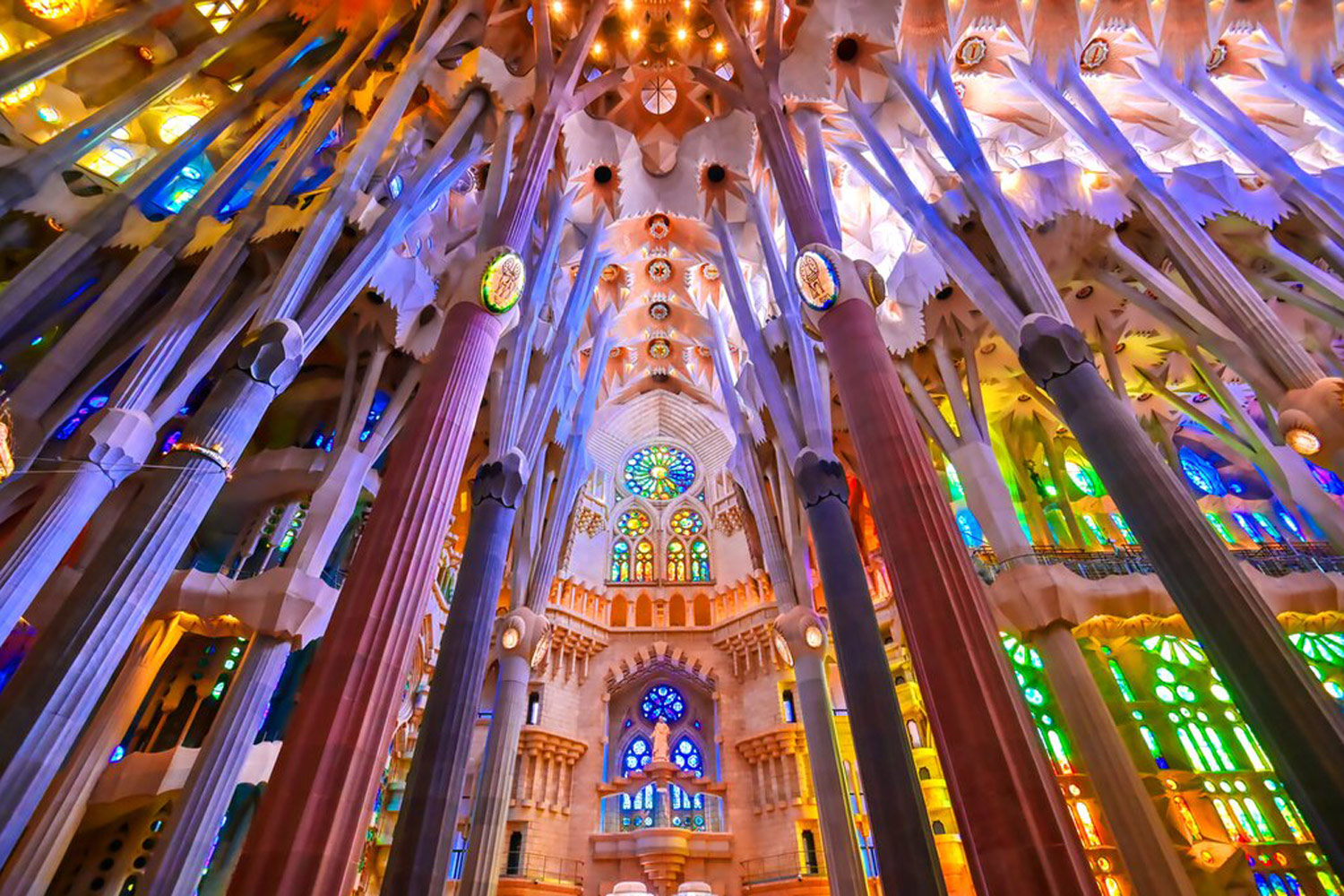
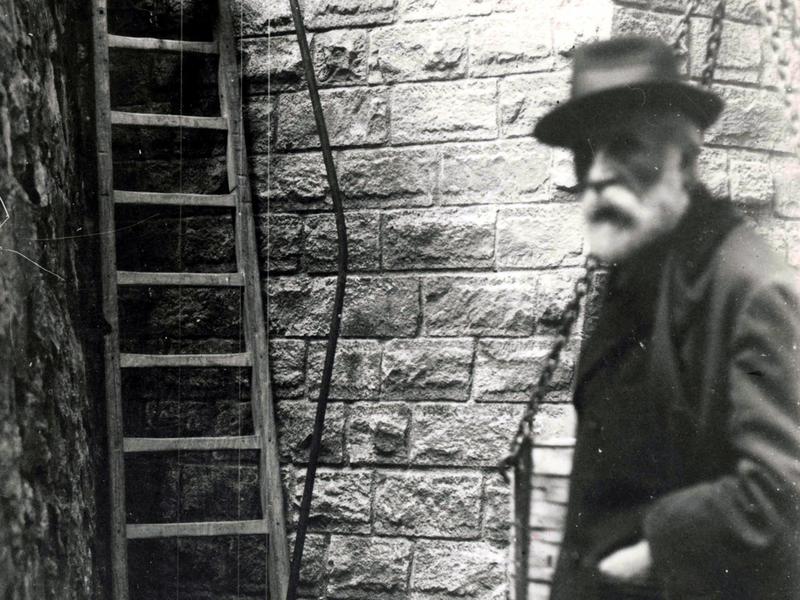
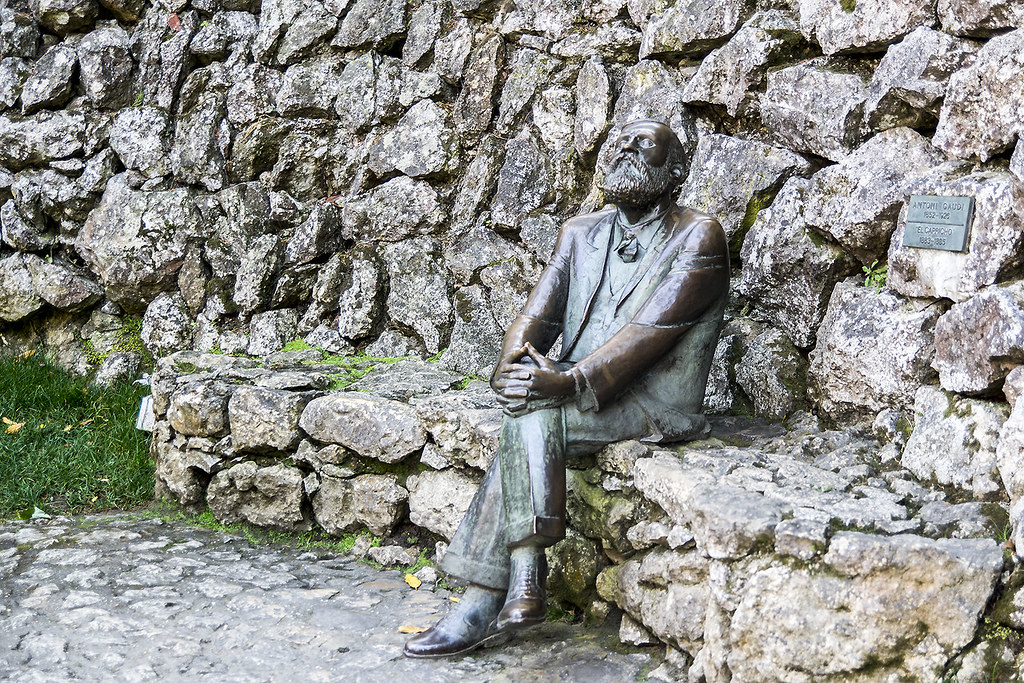
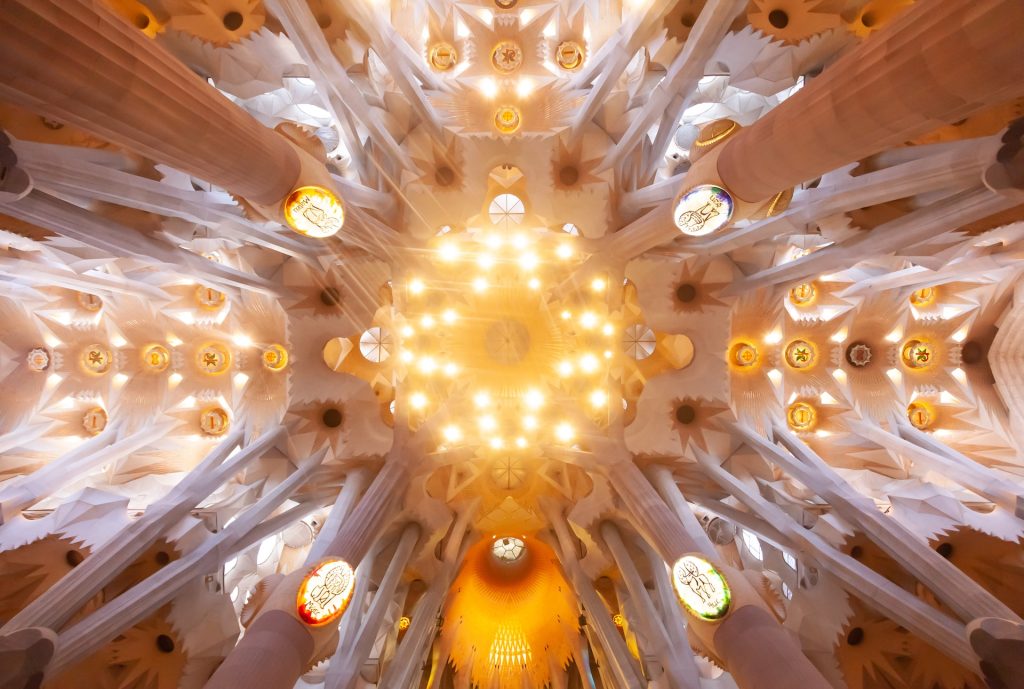
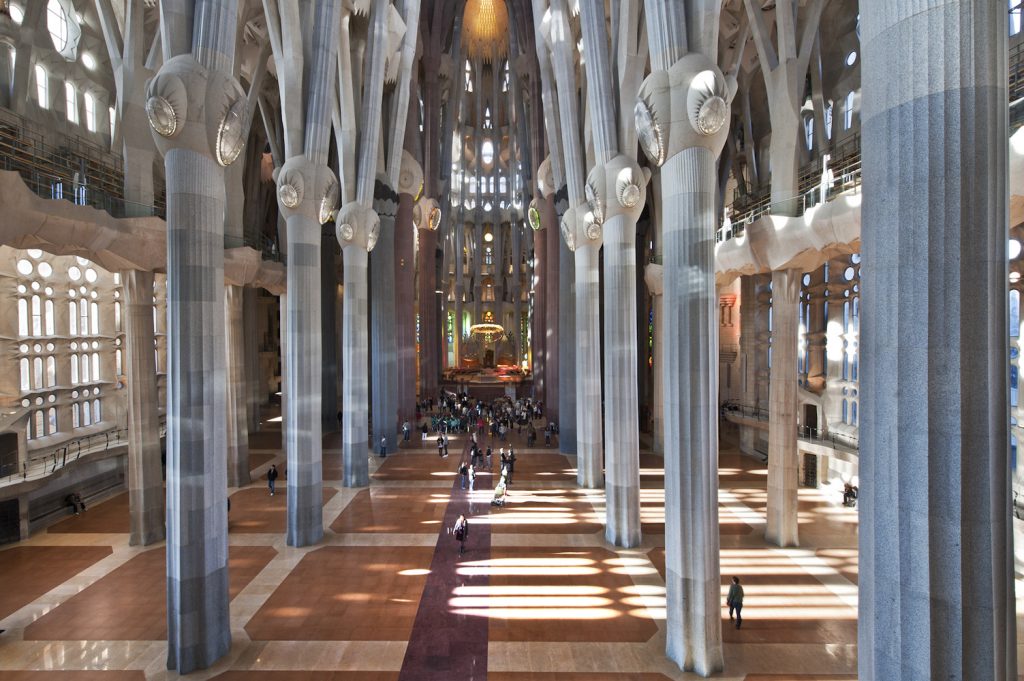
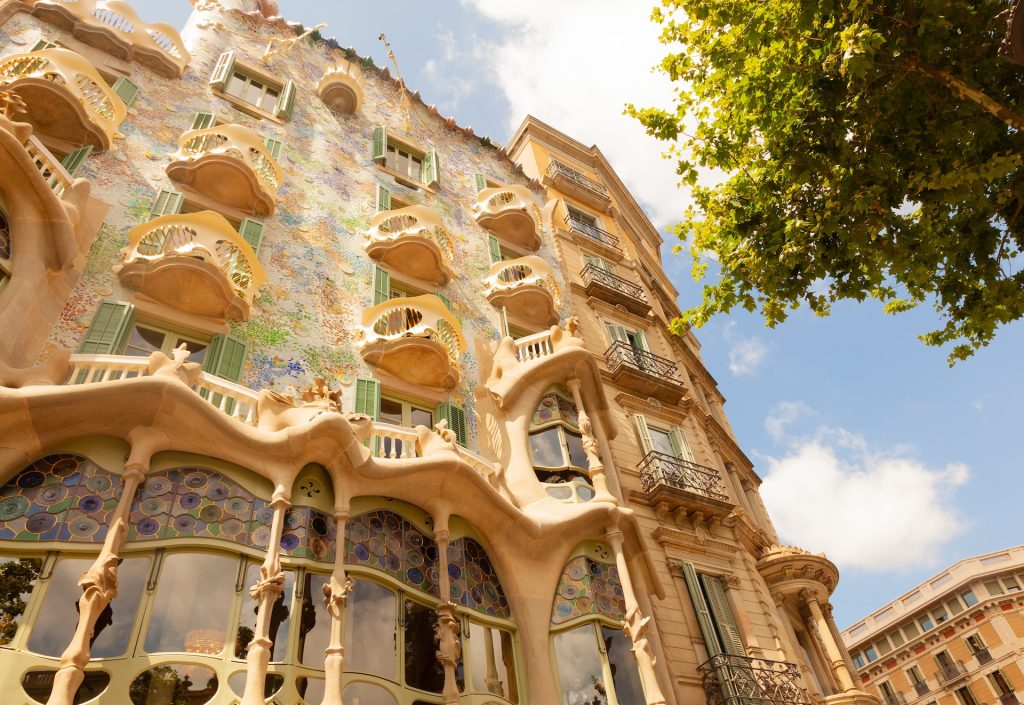
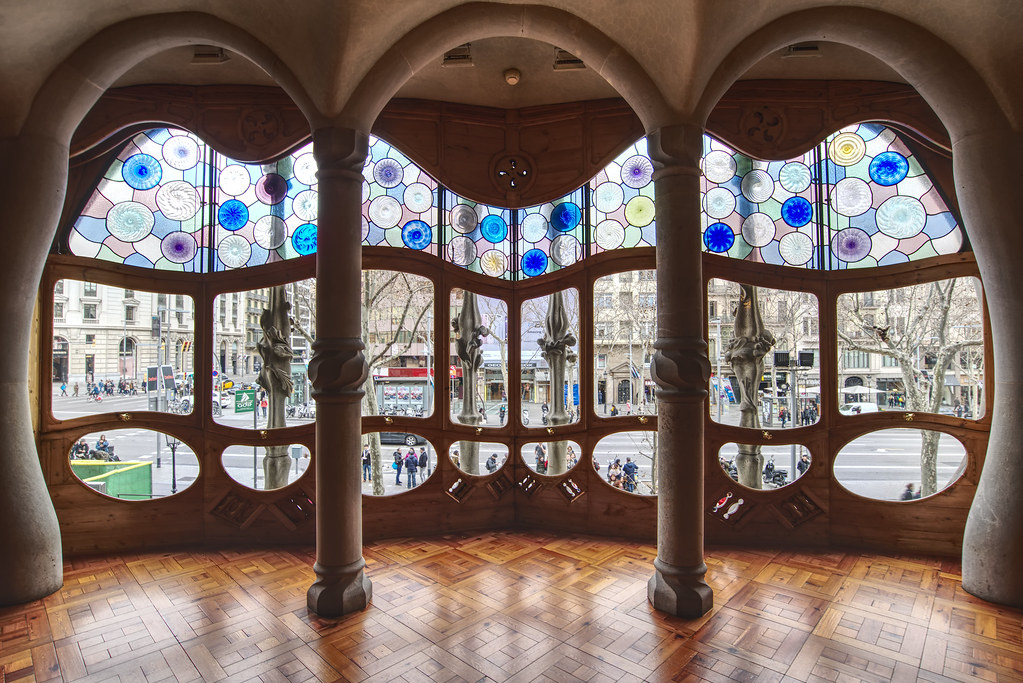
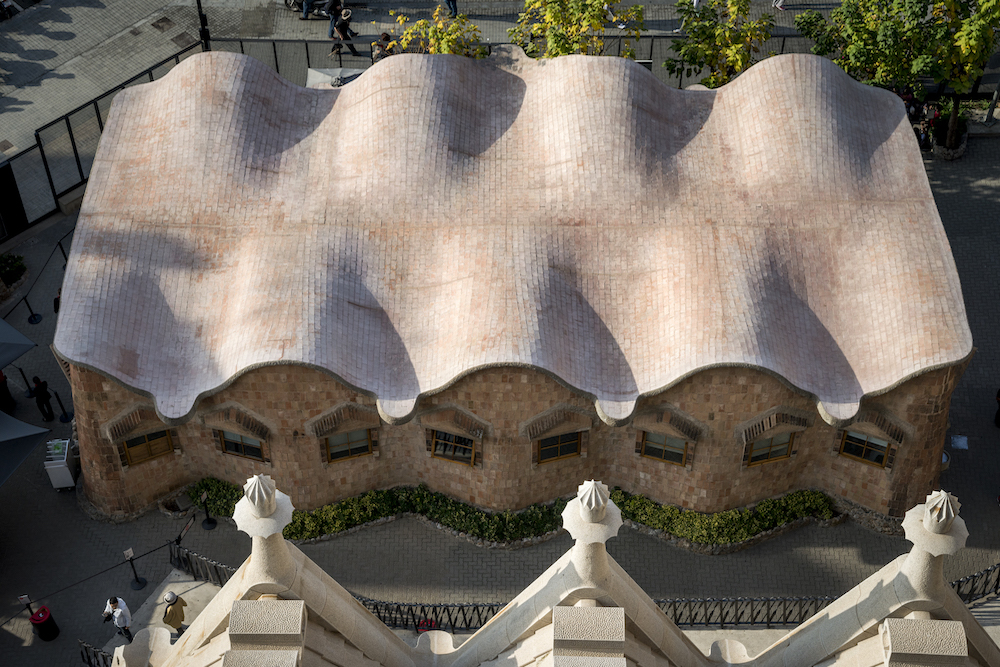














Espetacular, gosto muito das obras do Antonio Gaudí, sou seguidor, gratidão pela colaboração.